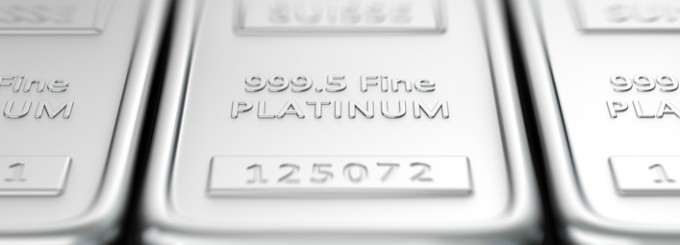Platinum Bullion – Top 5 Reasons To Include Them In Your Portfolio

Even though it has a shorter history in the financial sector, platinum’s scarcity and high demand in various manufacturing industries make it a solid investment. While it’s commonly dubbed the ‘white gold’, the precious metal presents a few notable differences: it’s heavier, stronger and usually purer, considering that most items made of platinum contain around 95% of the natural white metal.
Despite its scarcity and features, platinum doesn’t enjoy the same popularity among investors as silver and gold do, for instance. Although you might be tempted to leave platinum bullion out of your portfolio, here are some of the reasons that dictate otherwise.
- It helps diversify your portfolio and limits financial risks
The importance of having a diversified portfolio these days cannot be stressed enough. Because the finances are spread across various niches, diversification will reduce the risk of losing all your cash when one market crashes. Moreover, by not placing all your eggs in one basket, the investor can maximize the return. Let’s not forget that not all markets will react in a similar manner to the same event. Platinum bullion is one way of reducing financial risks, while also benefiting from an advantageous return.
- Platinum is in high demand on the Asian markets
While precious metals are constantly in high demand in the Asian regions, take note that platinum is currently at an all-time high in China and India. The explanation for the high demand stems from China’s 7% growth in the automotive industry, an increase that is rumored to continue in the next few years.
- There’s an increasing demand for platinum
The recent turmoil and strikes happening in South Africa have limited the exploitation of platinum, thus making the supply even scarcer. It is necessary to point out that 9 out of 10 largest platinum mines – meaning around 73% of the existing platinum – are located in South Africa. Given the ‘pause’ and the spiking demand, it doesn’t take a genius to figure out the prices of platinum will soar considerably in the upcoming months.
- The platinum market is less complicated than that of gold and silver
Compared to the gold and silver markets, the platinum market is significantly smaller. While it may be perceived as a setback from the investor’s point of view, let’s not forget that a smaller market is also easier to keep track of. In addition, unlike the gold market where you have to dedicate time and energy to remain up to date with the latest news on the fluctuating dollar price, the platinum market is more stable.
- Platinum is a precious metal with industrial value
More than any other precious metal available, platinum is at high demand in the industrial sector. To be more precise, the metal’s ductility, malleability and durability make it indispensable for manufacturing electronics, medical equipment and catalytic converters for automobiles, the latter accounting for around 40% of the platinum use nowadays. Considering that the EU is about to render the emission standards stricter across the Old Continent, industrial demand for platinum will increase, regardless of the changing market trends.


